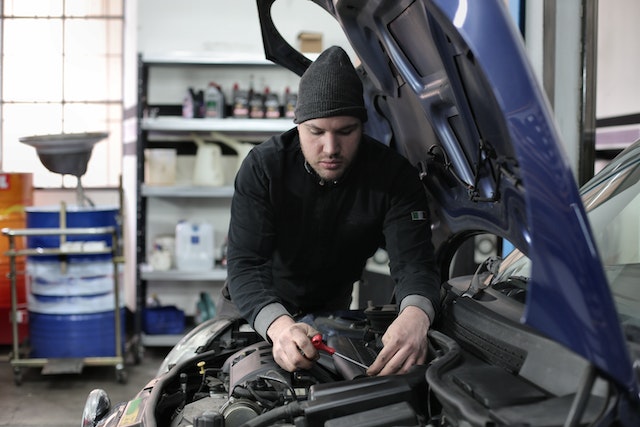A new car engine is costly, but rebuilding your old engine can be far more inexpensive, and in many cases, rebuilt engines are superior to getting a brand-new engine. The superiority of a rebuilt engine comes from you being able to use more customizable, high-quality parts.
Part design changes can even correct issues that existed with the original engine. Parts are created and manufactured better than ever before as technology advances.
Rebuilding may appear complicated, but when you break a rebuild into simple steps, you can thoroughly research and plan out each part of the process.
Preparation
Ensure your garage is well-lit and has enough space for you to work and store all your truck parts, engines, materials, and equipment.
Remove the Engine
Remove the engine cover, disconnect all external engine components, all-electric connections to the motor, and the bolts that connect the transmission’s bell housing to the engine before removing it with a hoist.
Prepare to disassemble the engine block and the cylinder head
To understand all the proper specs required to rebuild your specific engine, you must refer to the engine manufacturer’s instructions. Carefully disassemble your engine block and cylinder head, keeping all its small parts in mind.
Inspect the engine components
After removing the engine, inspect it and all its components to determine which are usable and which you must discard. If you have various damaged parts, consider taking them to an auto scrap yard to reduce waste.
Replace the old parts
Replace the truck parts with new ones after determining which engine components or parts you should discard. Each piece will require a different installation technique, so ensure you’re familiar with each component or contact a mechanic.
Reassemble the block
To reassemble the block, you must recheck all dimensions, thoroughly oil the components, and install the crankshaft and main caps.
You also need to install the timing chain or belt to specification and get new pistons, rings, seals, head gaskets, valve heads, and valve trains, depending on the engine’s model.
Complete other necessary projects
If you’re doing a complete overhaul, you’ll want to do other jobs simultaneously to ensure you have a working and completed vehicle at the end. Similarly, connecting your freshly rebuilt engine to a transmission with 200,000 miles (320,000 km) on it is usually not a good idea. You may want to do the following:
- Integrate a transmission
- Change the air conditioner
- Replace the radiator
- Bring in a new starter
Reinstall the Engine
Preparing your engine and then lowering it with the hoist is critical. This step requires extreme caution to avoid damage to the components.
Test the Engine
Start it up, break it in, and change the oil and filter after the first 100 miles (160 km).
Wrap Up
Although a complete engine rebuild may seem daunting, breaking the tasks into simple steps helps the planning process. Once you’ve assembled your car or truck parts, remove, disassemble, and inspect the engine components, then replace the engine. Once that is complete, you can replace other necessary parts and hit the road to test your new engine.

